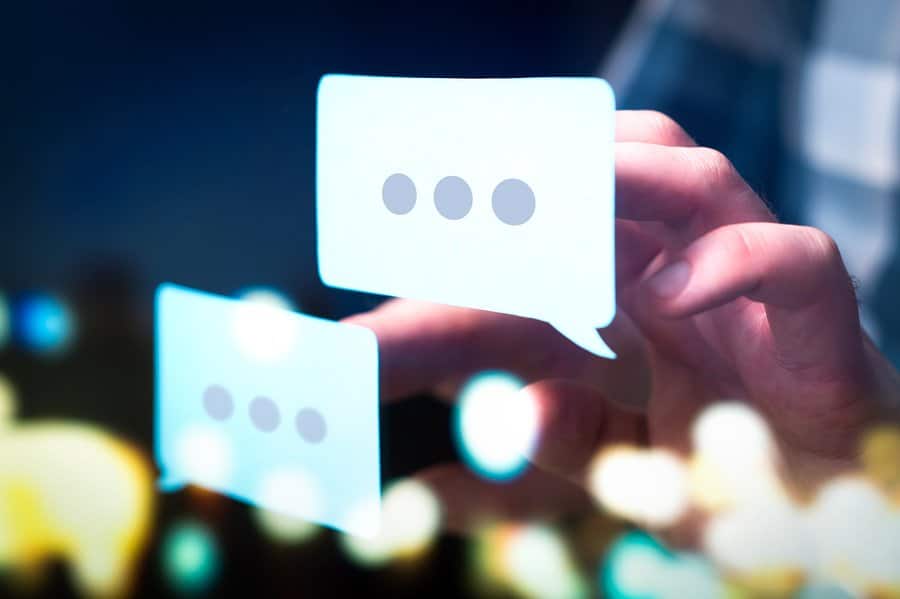
Customer Service Out in the World: Social Media and Your Online Reputation
What happens when the owner of a small firm, who also happens to run the social channels, replies to a complaint on social media with a curt reply? And what if the conversation descends into an argument about the CEO's tone? Hint: nothing good. That's what writer Liz Greene of the Digital Marketing Institute watched in real time as it unfolded. The story ends with a social post from an industry organization: "We advise our 15,000 members to not purchase from this company #poorservice" In the fir...
HELLO!
This premium article is exclusively reserved for Subscription Insider PRO members.
Want access to premium member-only content like this article? Plus, conference discounts and other benefits? We deliver the information you need, for improved decision-making, skills, and subscription business profitability. Check out these membership options!
Learn more about Subscription Insider PRO memberships!
Already a Subscription Insider PRO Member?
Please Log-In Here!









